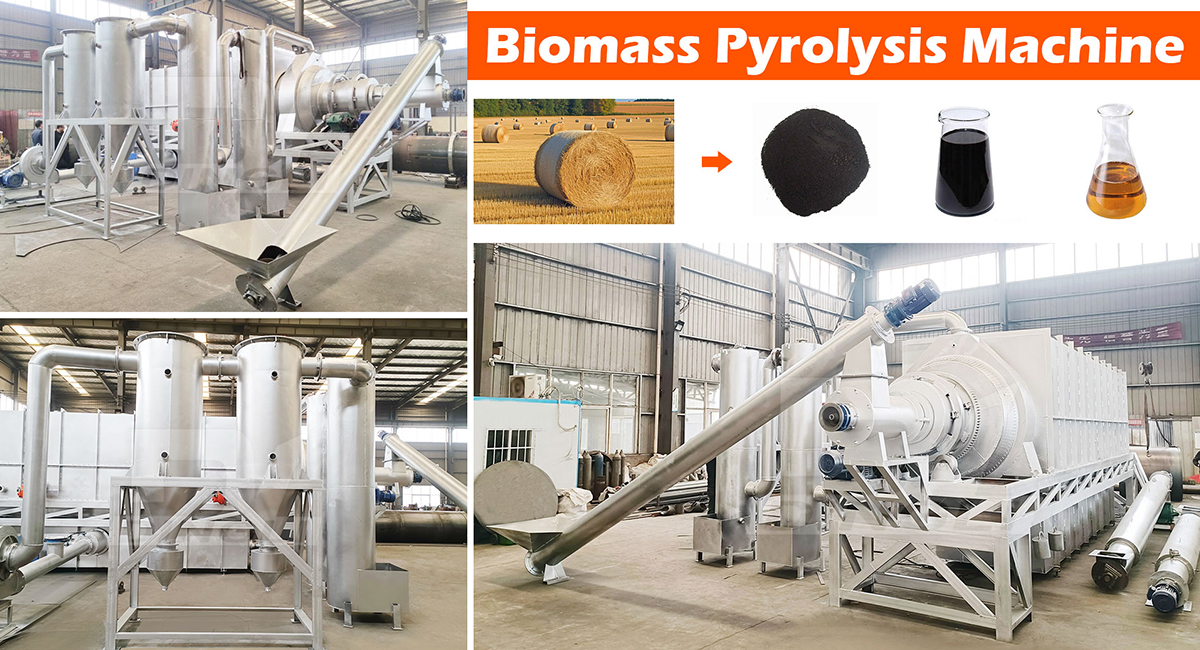 dinglimachine01@gmail.com
+86 16638159081(Wechat/WhatsApp)
dinglimachine01@gmail.com
+86 16638159081(Wechat/WhatsApp)
In today's pursuit of green and low-carbon development, carbonizers, with their superior pyrolysis capabilities, have become an environmentally friendly tool for processing a wide range of waste materials. Carbonization technology can efficiently transform and recycle organic waste from agriculture, industry, and urban life.

Agricultural waste has always been a key application area for carbonizers. Materials such as rice husks, corn stalks, and peanut shells are both large in quantity and challenging to process. Through carbonization, these materials are converted into biochar and combustible gas, which can be used for soil improvement and as clean energy, achieving a "from the field, back to the field" cycle.
Industrial organic waste is also suitable for carbonization. Examples include papermaking black liquor, pharmaceutical residues, and food processing waste. Direct discharge or landfill of these materials can easily cause environmental pollution. Using the high-temperature, oxygen-free pyrolysis of carbonizers, these materials are broken down into charcoal, gas, and oil, truly transforming waste into a resource and reducing processing costs for businesses.
Municipal sewage sludge and some combustible waste can also be reduced and stabilized through carbonization. With the advancement of waste sorting policies, the potential of carbonizers for treating organic waste is becoming increasingly prominent, making them a crucial technical support for achieving the goal of a "zero-waste city."
It can be said that carbonizers are becoming key equipment for the green transformation of various types of waste. They not only offer high processing efficiency and strong adaptability, but also strike an optimal balance between environmental protection and economic benefits.